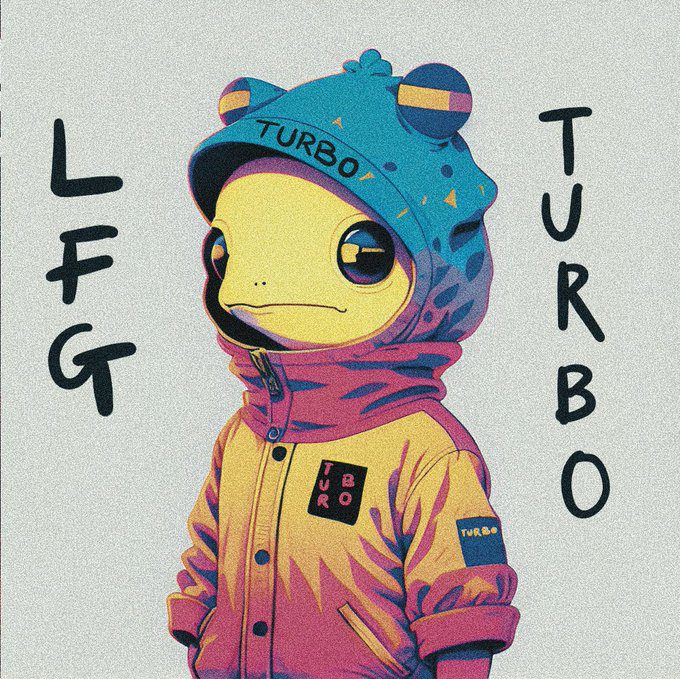The tweet ‘Code of Culture’ encapsulates the essence of blending art with technology, specifically through generative art and machine learning. The creator mentions it as ‘One of the simplest frontend and most complex backend I have ever created,’ highlighting the intricate balance between user interface simplicity and backend complexity. This project leverages the power of generative art, machine learning, and coding frameworks like p5.js and CPPN (Compositional Pattern Producing Networks).
Generative Art: The New Frontier
Generative art is a form of art that is created using algorithms and computer code. It allows artists to produce complex patterns and visuals that would be difficult to achieve manually. AI art generator tools have further popularized this concept by making it more accessible. The use of machine learning in generative art takes this a step further by enabling the creation of art that can evolve and adapt based on input data. The hashtag #generativeart in the tweet signifies this innovative approach to art creation.
Machine Learning: The Backbone of Complexity
Machine learning plays a crucial role in the backend complexity of this project. By training models to understand and generate art, the creator can produce unique and intricate designs. The use of CPPN, a type of neural network, allows for the generation of complex patterns that mimic natural processes. This approach not only enhances the aesthetic quality of the art but also introduces an element of unpredictability and evolution.
p5.js: Bridging the Gap Between Art and Code
p5.js is a JavaScript library that makes coding accessible for artists and designers. It provides a simple way to create graphics and interactive content, making it an ideal tool for generative art projects. The hashtag #p5js in the tweet indicates the use of this library to create the frontend of the project. p5.js allows artists to focus on the creative aspects of their work without getting bogged down by the technical details of coding.
CPPN: Creating Patterns with Neural Networks
Compositional Pattern Producing Networks (CPPN) are a type of neural network used to generate complex patterns. Unlike traditional neural networks, CPPNs use a set of mathematical functions to produce patterns that can be visually appealing. The hashtag #cppn in the tweet highlights the use of this technique in the project. CPPNs can create intricate designs that are both aesthetically pleasing and mathematically complex.
Codex Art: The Future of Creative Coding
Codex art refers to the use of code as a medium for creating art. It combines programming with artistic expression, allowing artists to explore new creative possibilities. The hashtag #codexart in the tweet signifies this approach to art creation. By using code as a tool, artists can push the boundaries of traditional art forms and create works that are dynamic and interactive.
Claude 3.5: Enhancing Coding Capabilities
According to an article on Analytics India Magazine, Claude 3.5 by Anthropic is a tool that enhances coding capabilities, making it easier for developers to create quick apps and learn coding effectively. This tool has received positive reviews from developers for its ability to boost productivity and improve coding efficiency. The integration of such tools in generative art projects can significantly streamline the development process and enhance the quality of the final output. [Read more](https://analyticsindiamag.com/developers-corner/claude-3-5-brushes-off-canvas-with-a-stroke-of-code/)
OpenAI’s Canvas: A New Interface for Coding
OpenAI’s Canvas is a new interface for writing and coding within ChatGPT. It supports various coding tasks such as editing code inline, reviewing code, adding logs and comments, and porting code to different languages. Additionally, explore how tools like AI Image Editor can complement these capabilities by streamlining visual content creation alongside coding tasks. This tool can be particularly useful for generative art projects, where coding plays a crucial role in the creation process. The integration of AI-assisted coding tools like Canvas can simplify the development process and enhance the overall efficiency of the project. [Read more](https://analyticsindiamag.com/ai-origins-evolution/did-openais-canvas-just-kill-cursor-and-claude/)
Procreate’s Stand Against Generative AI
While many companies are embracing generative AI, Procreate has taken a stand against incorporating this technology into its products. According to an article on TechCrunch, Procreate believes in preserving the traditional aspects of art creation and does not plan to integrate generative AI into its tools. This stance highlights the ongoing debate between traditional art forms and the emerging field of AI-driven art. [Read more](https://techcrunch.com/2024/08/19/procreate-takes-a-stand-against-generative-ai-vows-to-never-incorporate-the-tech-into-its-products/)
Conclusion
The ‘Code of Culture’ project exemplifies the fusion of art and technology, leveraging generative art, machine learning, and advanced coding techniques. As AI continues to evolve, it opens up new possibilities for creative expression, pushing the boundaries of what is possible in the world of art. The integration of tools like Claude 3.5 and OpenAI’s Canvas further enhances the capabilities of artists and developers, making it easier to create complex and dynamic works of art.
Ready to Transform Your Hotel Experience? Schedule a free demo today
Explore Textify’s AI membership
Explore latest trends with NewsGenie
